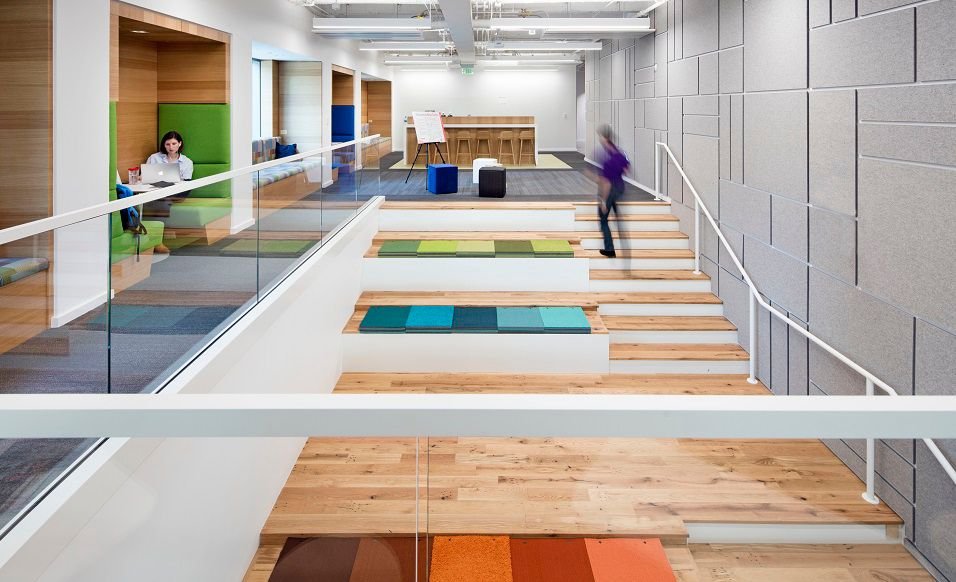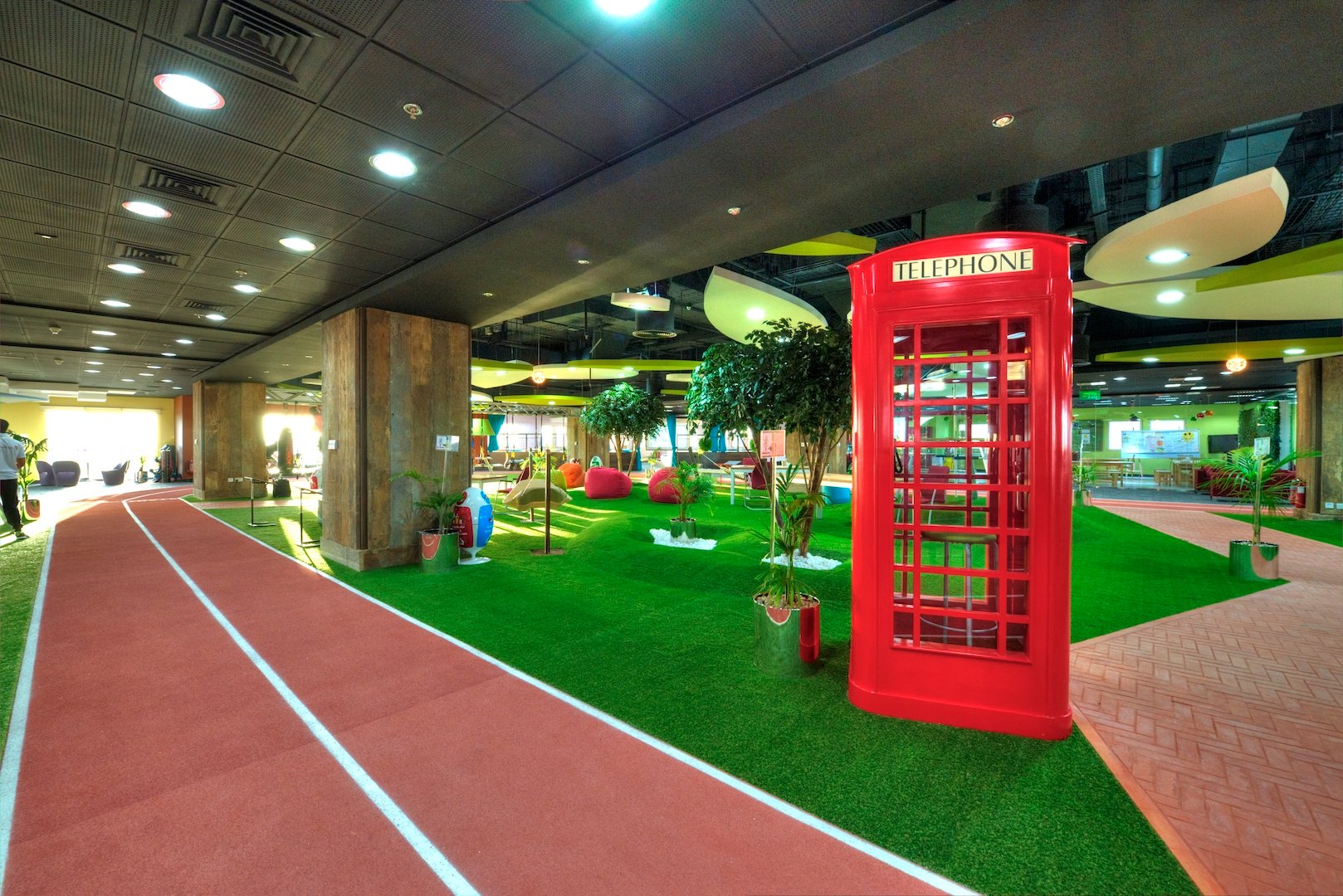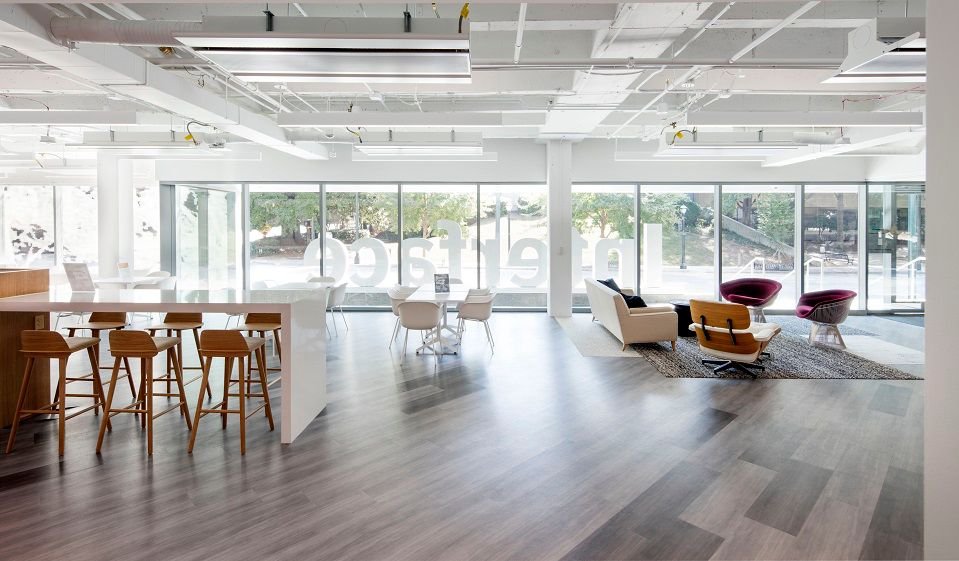Is it possible to design a space that genuinely fosters productivity and wellbeing? Research indicates that it certainly is. And if numbers don’t assure you, think of a time when you’ve found yourself in a space that somehow does wonders for your productivity. It could be a well-lit room, with warm colours, or comfy furniture – everyone almost always has a workspace they love.
In the past, we have written about Biophilic Design and the benefits it presents to all stakeholders. But we have yet to explore how aspects of this design methodology create a sense of wellness and productivity in the workspace. Given the overwhelming amount of time people spend in their offices, it makes sense to understand and invest in these strategies.
Interior design at its core shouldn’t be treated as makeup to an empty space. Interior design is a tool that is used to develop and transform an empty shell to one with personality, that enhances mood, productivity, and creativity for those who interact with it. The WELL Building Standard provides structure to this goal. It uses research backed strategies to promote the development of interior spaces designed to advance the aspects of happiness and wellness amongst its occupants.











